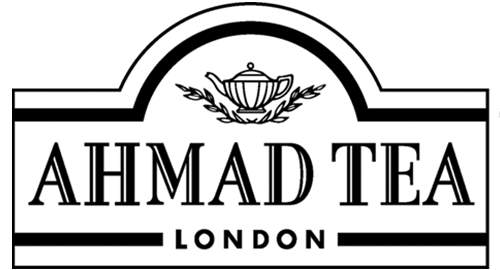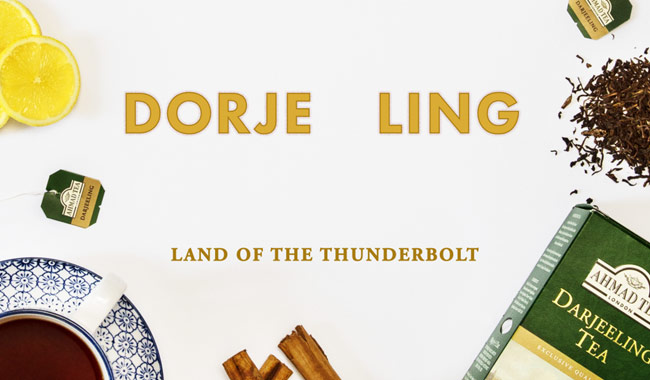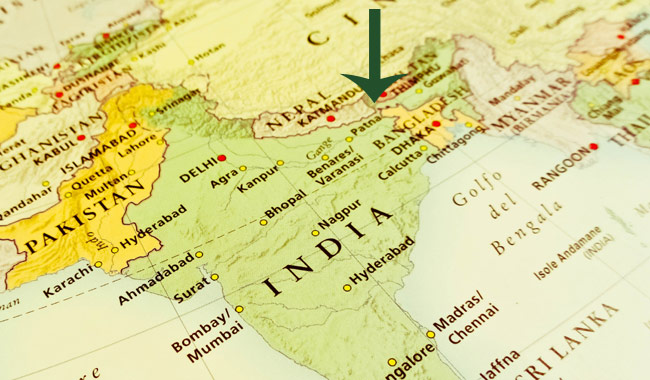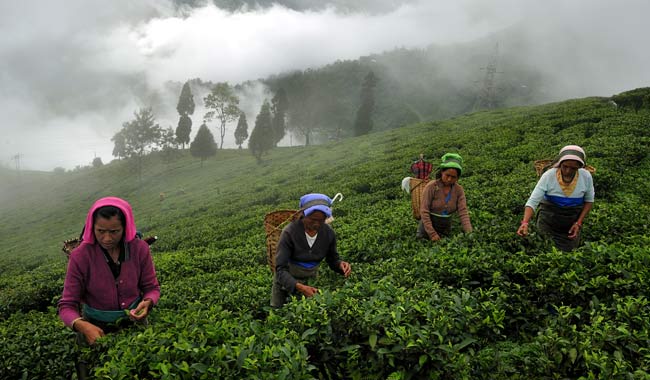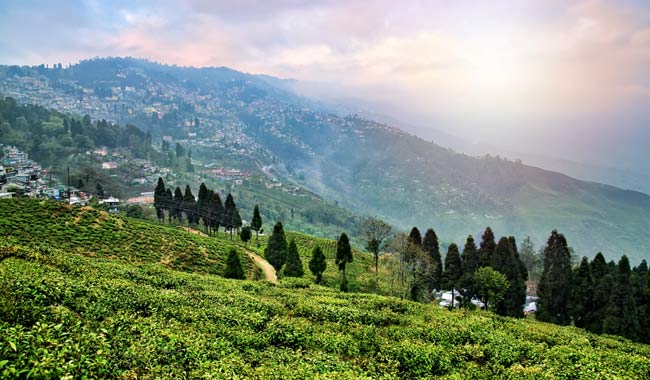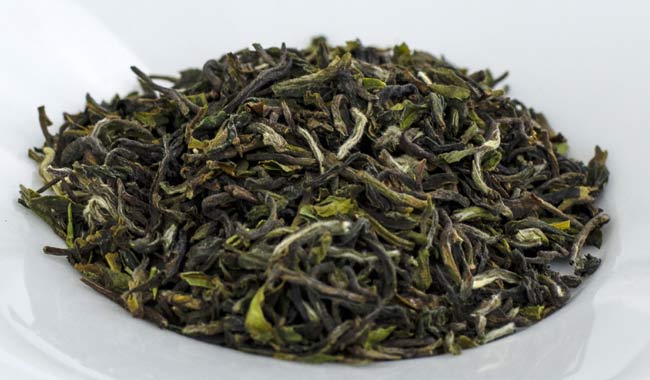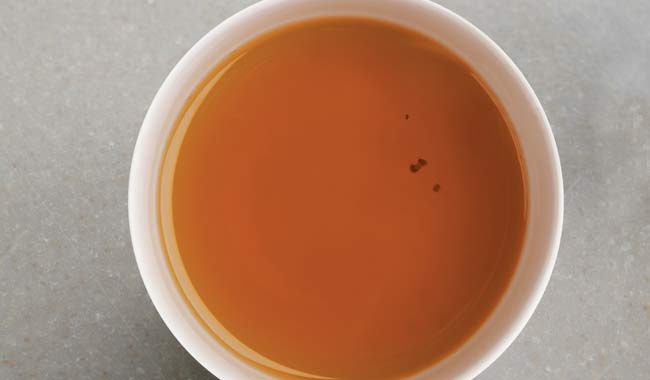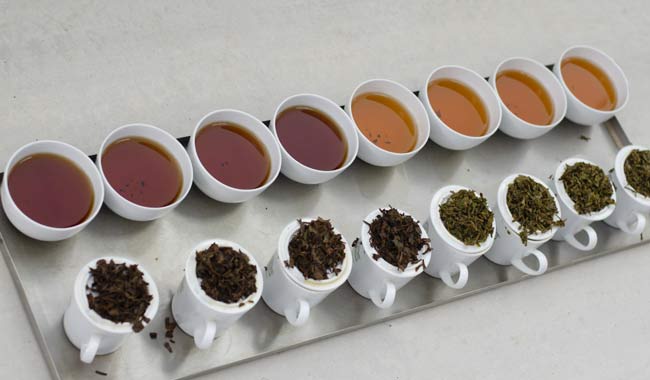The region in North East India yields the uniquely wonderful tea, known all over the world as Darjeeling. But how did this small, hilly area become one of the most famous tea producers on Earth?
There is no doubt that Darjeeling is a very special tea region. The area is known for producing the ‘Champagne of teas’ and is nestled in the foothills of the Indian Himalayas at an altitude of around 2,000 metres. It borders Nepal, Bhutan and Tibet and hilly tea gardens only produce teas in certain seasons – each season giving its own character to the teas.
The name ‘Darjeeling’ has an interesting story of its own. It is thought to have come from the Tibetan words ‘dorje’, meaning ‘thunder’, and ‘ling’, meaning ‘land’. So literally it means ‘land of the thunderbolt – referring to the sceptre of the deity Indra from Hindu mythology.
The story of Darjeeling becoming a tea growing region was influenced by China, England and Scotland. A Scottish explorer and botanist named Robert Fortune smuggled tea seeds from China nearly 200 years ago. The tea seeds were planted in the Darjeeling area as the English traders were wary about only having one supplier for their tea – China. The English traders wanted access to a source of tea which they could have full control over. These Chinese tea seeds, smuggled by a Scot and planted by English traders grew into the tea gardens which put the region on the map worldwide.
Darjeeling was chosen as an ideal location due to its cool weather and its topography. The quality of the tea produced from the area soon cemented Darjeeling’s reputation as a producer of exceptional quality teas.
In 1835 the British took control of Darjeeling and turned it into a premier hill station where the officials and their families could go during the Summer to escape the intense Indian heat.
When the British left India in 1947, the tea gardens were transferred to Indian entrepreneurs. In the 1960s, Darjeeling was transferred to West Bengal and this reign, under the communists, lasted about 35 years.
In 2005, Darjeeling finally won protection under WTO as a Geographical Indicator which means that only tea that is grown in Darjeeling can be called Darjeeling. There are currently 87 tea gardens in Darjeeling, spread over 17,500 hectares and the region’s economy is heavily dependent on tea.
If you haven’t tried a Darjeeling tea yet, you’ll enjoy a complex, floral yet fruity, distinguished brew. Find about more about what our Tea Tasters thought about some of the speciality First and Second Flush Darjeelings in previous blog posts.
Enjoy!
CONTINUE READING
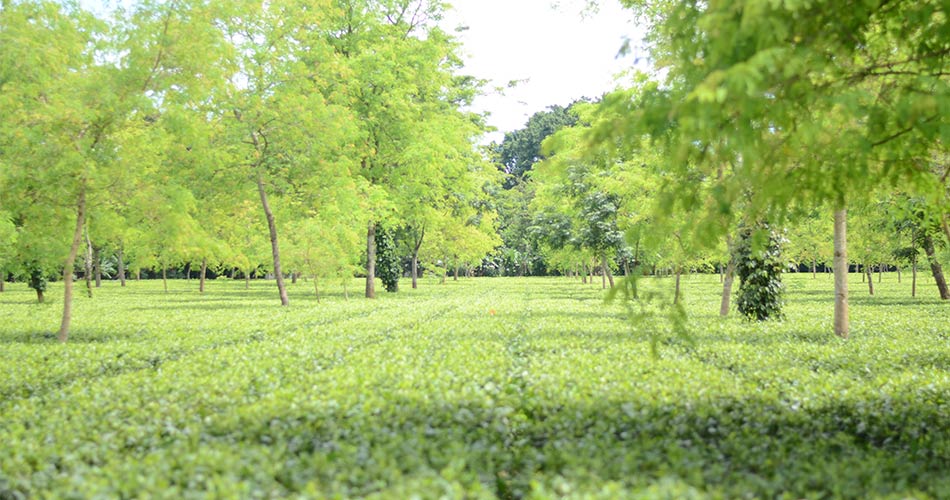
Tea Flushes Explained
If you’re a tea enthusiast, you'll likely already know that factors such as the garden's location, climate, elevation, and the…
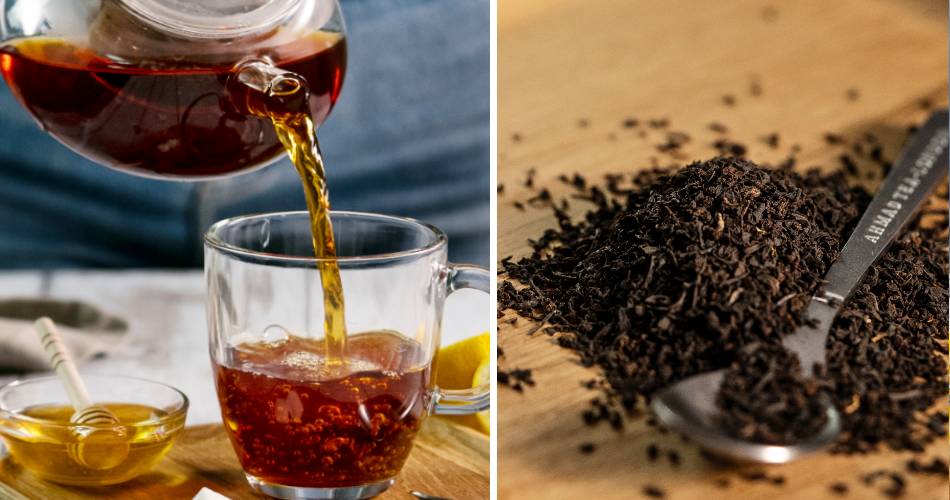
A Beginner’s Guide to Loose Tea
If you are a loose leaf tea novice then let us help guide you through the wonderful world of loose…
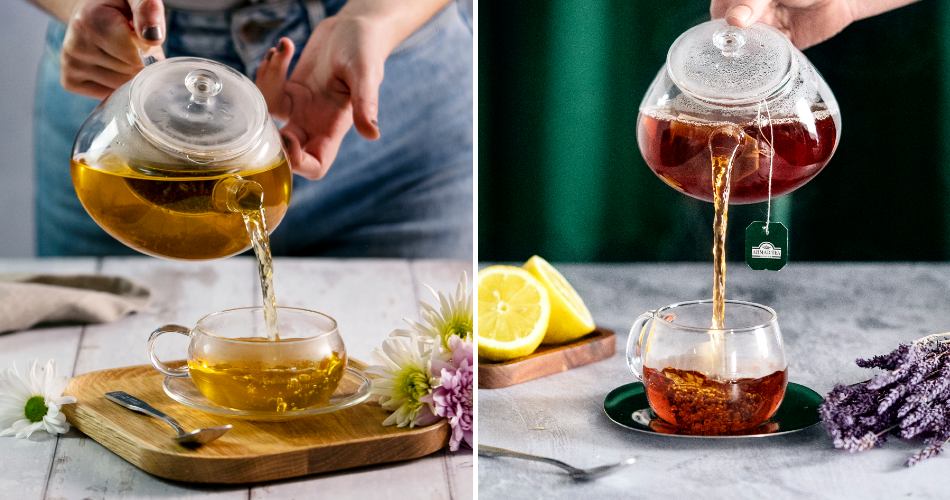
Loose Leaf Tea vs Teabags – Which one is Best?
Shedding some light on the age-old debate. in this blog we’ll look into the differences and things to consider -…
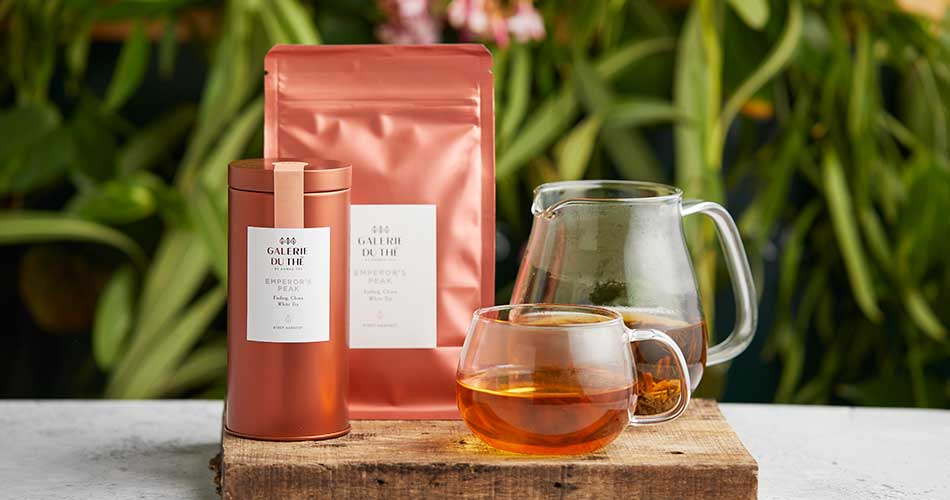
Introducing Galerie du Thé – our new luxury tea brand
Unveiling a new range of rare luxury artisan teas from the world's most sought after tea gardens.
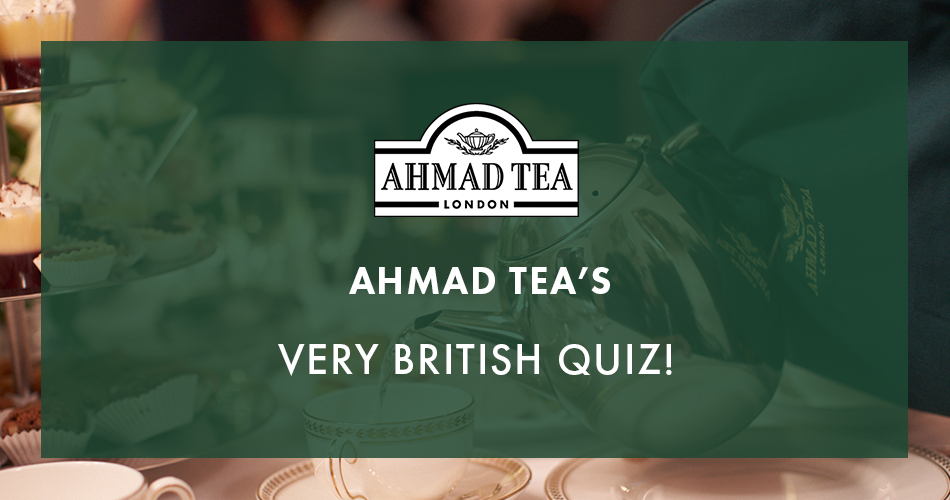
Ahmad Tea’s Very British Quiz
Think you know your cream tea from your builder’s tea? Test your knowledge on all things British and tea-related in…
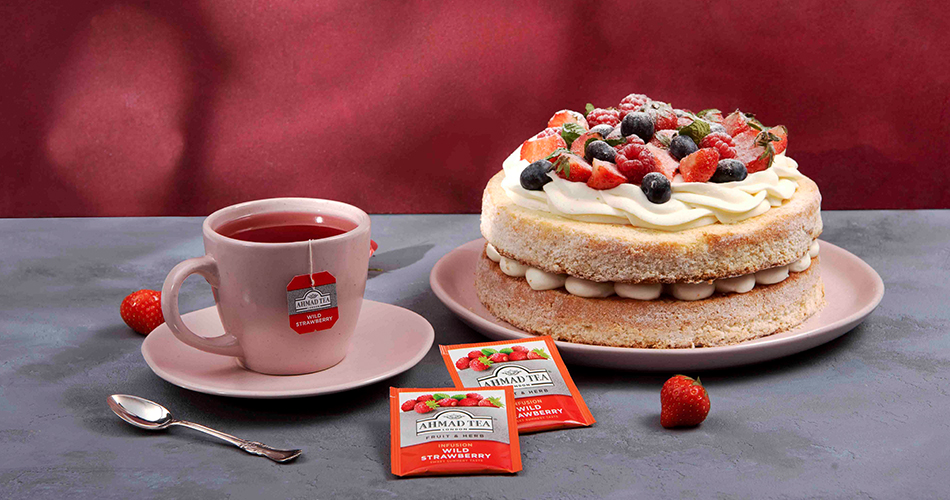
The Perfect Cake for Afternoon Tea
We asked Eileen Donaghey, The Afternoon Tea Expert, to share her tips on the perfect cake to accompany a home…
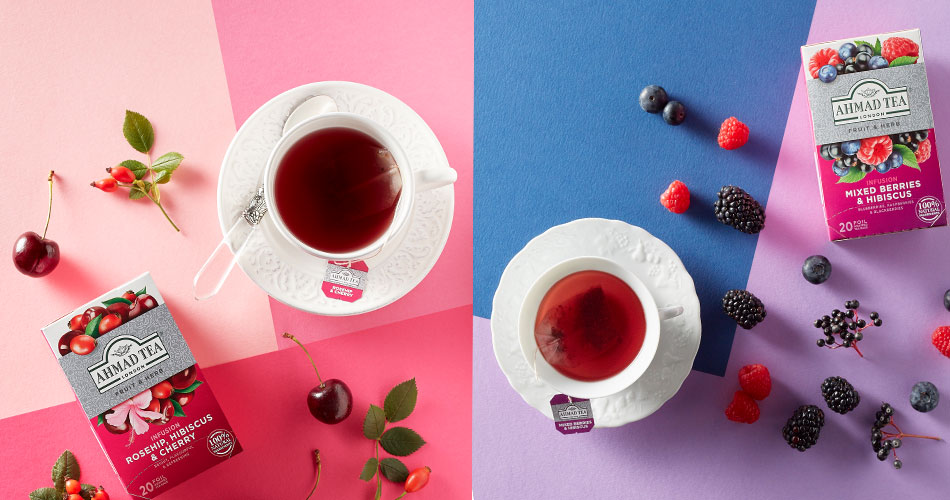
Hibiscus infusions and your health: More than just a tasty brew?
Drinking infusions that contain hibiscus, which often gives the deep red colour in fruity herbals, could be good for your…
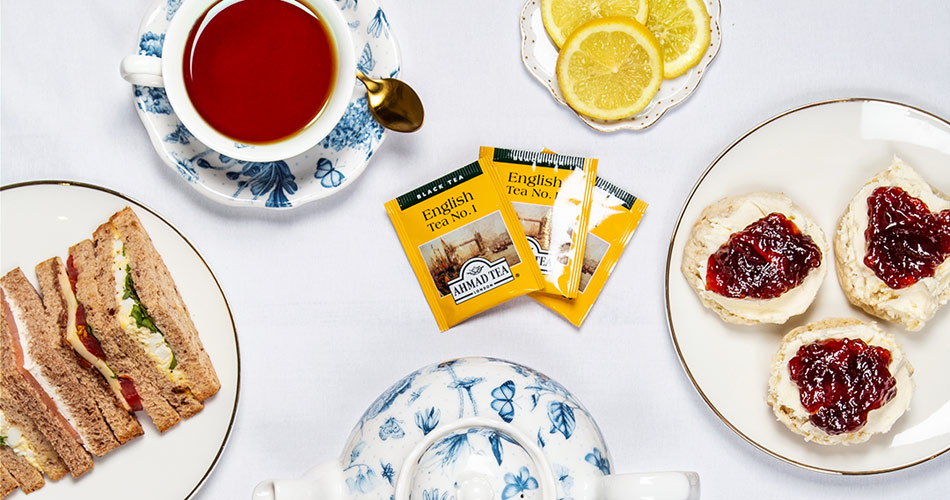
How to make the best afternoon tea at home
Our Tea Taster, Dominic Marriott, and an afternoon tea expert explore how to make the best afternoon tea at home.
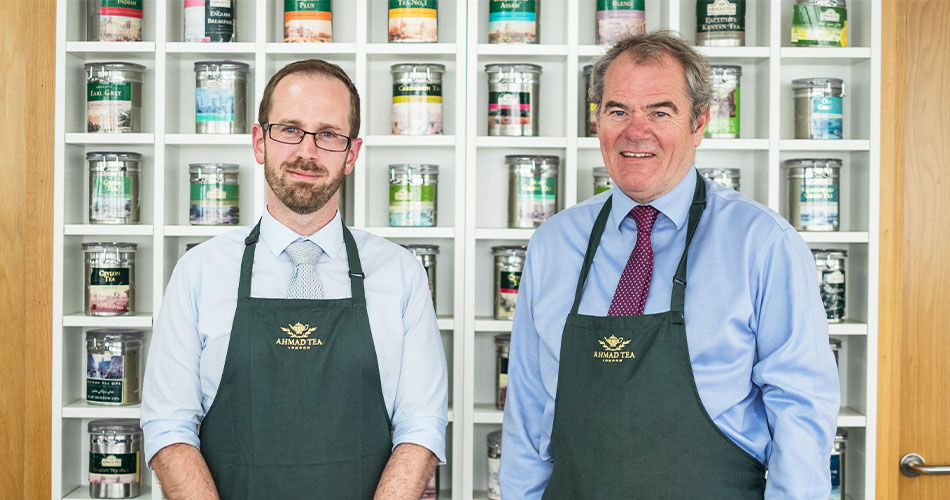
The Art of Tea Tasting
From selecting the finest teas that go into Ahmad Tea blends to checking those blends are up to scratch, our…
